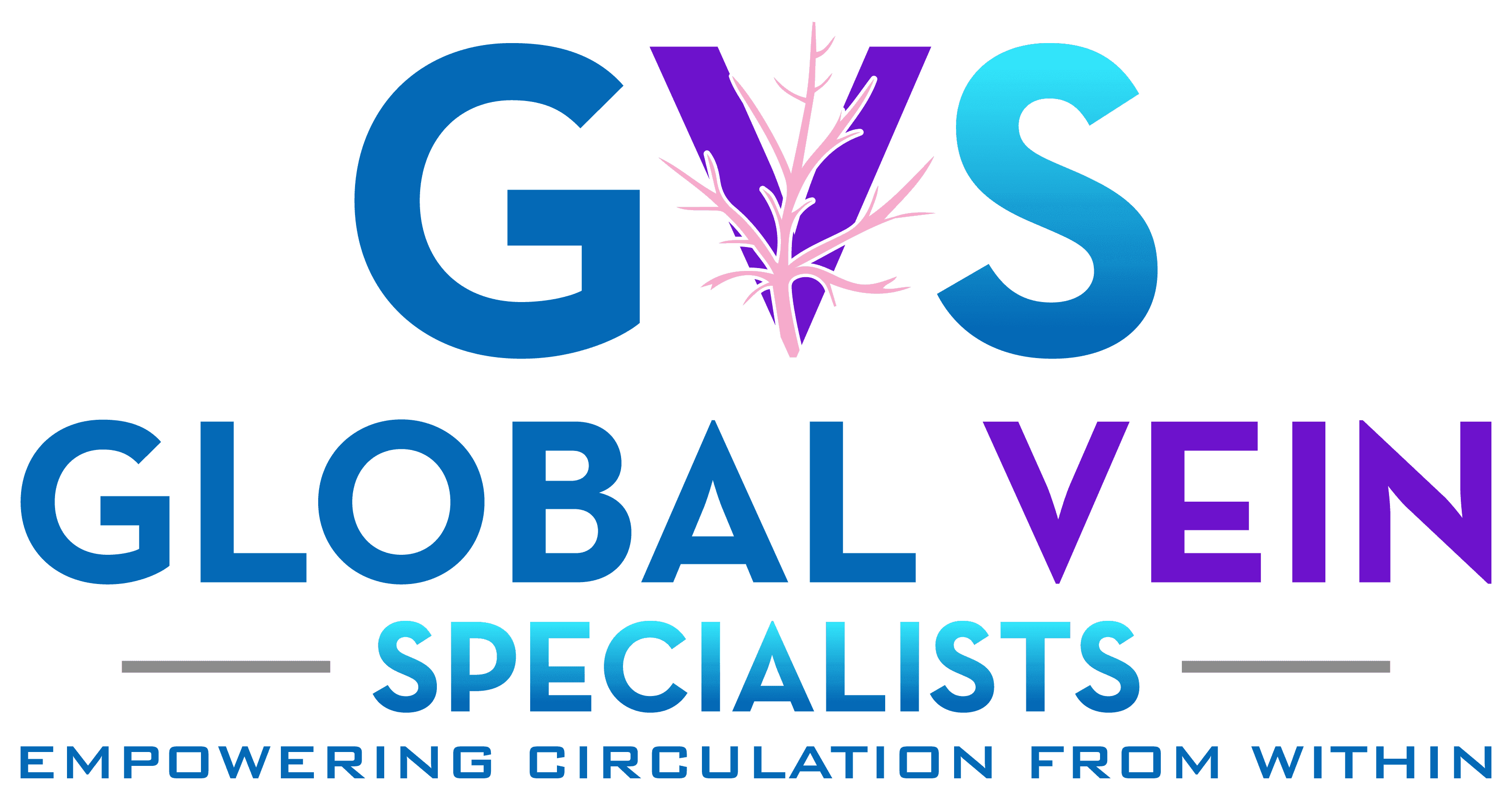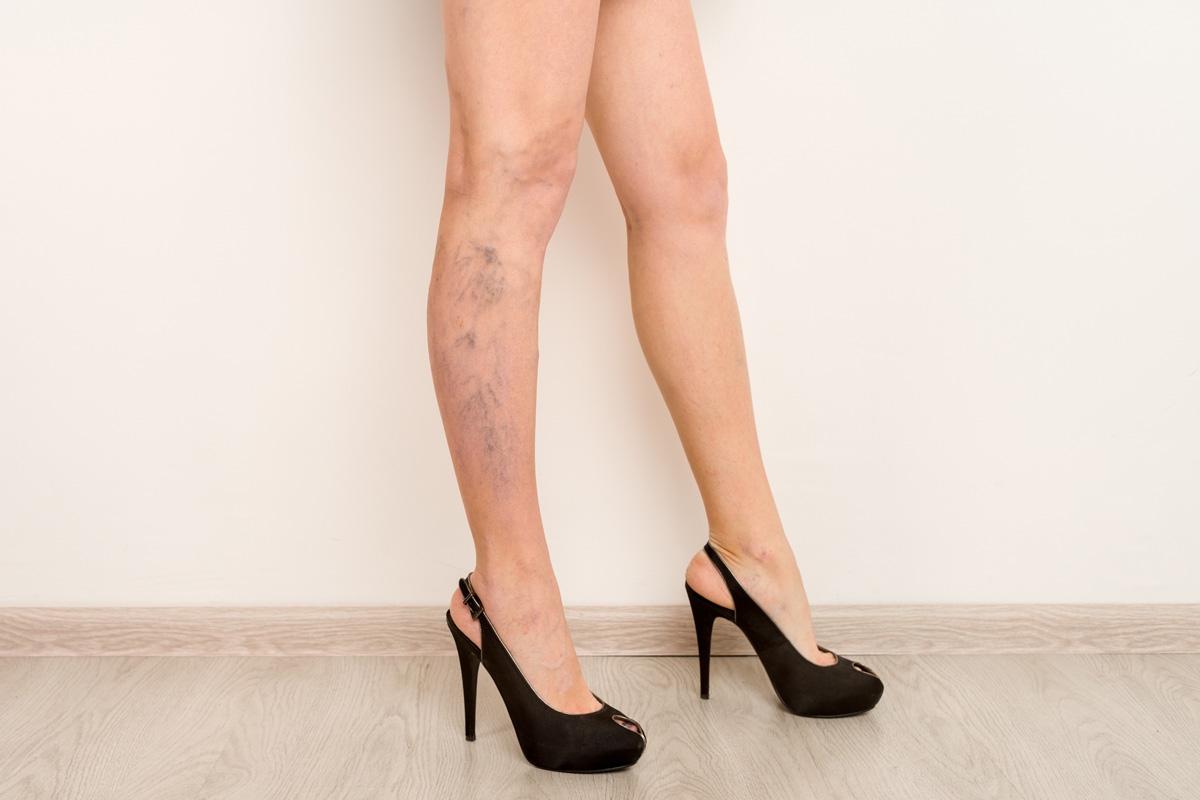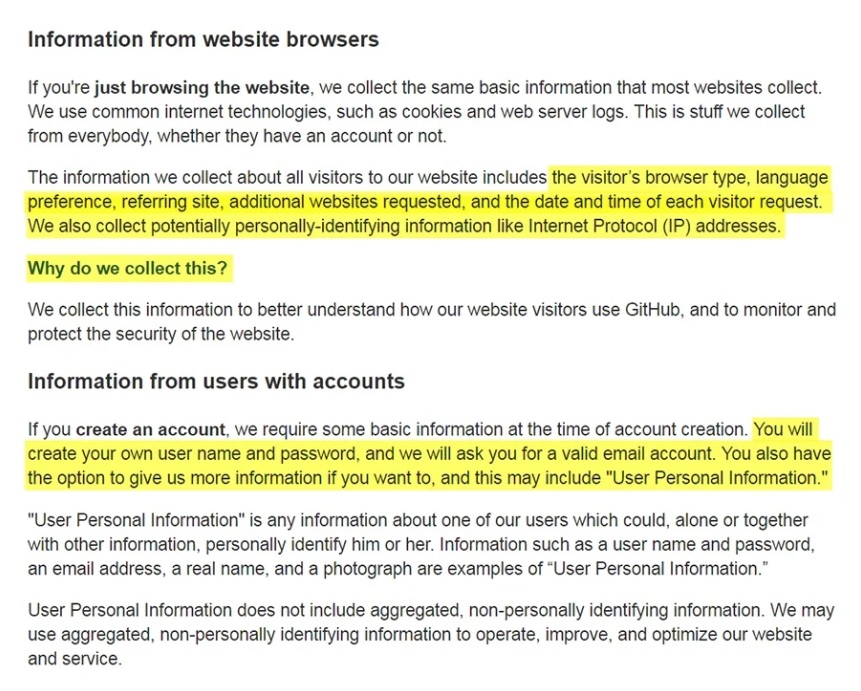Spider veins, also known as telangiectasias, are small, dilated blood vessels that appear near the surface of the skin, often on the legs and face. For women over 50, getting rid of spider veins involves a combination of medical treatments and lifestyle changes. Here are some effective methods:
Medical Treatments
1 – Sclerotherapy:
- Procedure: A solution is injected into the spider veins, causing them to collapse and fade over time.
- Effectiveness: Highly effective, often requiring multiple sessions for optimal results.
- Recovery: Minimal downtime, with some temporary bruising or swelling.
2 – Laser Therapy:
- Procedure: Focused light is used to target and destroy spider veins.
- Effectiveness: Works well on smaller veins and can be used on the face and legs.
- Recovery: Slight redness and swelling post-treatment, usually subsides quickly.
3 – Endovenous Laser Therapy (EVLT):
- Procedure: A laser fiber is inserted into the vein to close it off.
- Effectiveness: Effective for both spider veins and small varicose veins.
- Recovery: Minimal downtime, with some soreness and bruising.
4 – Radiofrequency Ablation:
- Procedure: Uses radiofrequency energy to heat and close off veins.
- Effectiveness: Effective for larger spider veins and small varicose veins.
- Recovery: Minor pain and bruising, generally quick recovery.
5 – Intense Pulsed Light (IPL) Therapy:
- Procedure: Uses broad-spectrum light to target spider veins.
- Effectiveness: Suitable for smaller veins, especially on the face.
- Recovery: Temporary redness and swelling.
Lifestyle Changes and Home Remedies
1 – Compression Stockings:
- Use: Wearing compression stockings can improve circulation and reduce the appearance of spider veins.
- Types: Available in various pressures and styles; consult a healthcare provider for the best option.
2 – Exercise Regularly:
- Benefits: Improves circulation and can help prevent the formation of new spider veins.
- Activities: Walking, swimming, and cycling are particularly beneficial.
3 – Elevate Legs:
- Technique: Elevating your legs above heart level can reduce pressure on veins and improve blood flow.
- Frequency: Do this several times a day for 15-20 minutes.
4 – Healthy Diet:
- Focus: Maintain a diet rich in fiber and low in salt to prevent water retention and improve vein health.
- Hydration: Drink plenty of water to keep your blood flowing smoothly.
5 – Avoid Prolonged Standing or Sitting:
- Tip: Take breaks to move around if you must stand or sit for long periods.
- Movement: Flex and stretch your legs to encourage blood flow.
6 – Weight Management:
- Importance: Maintaining a healthy weight reduces pressure on your veins.
Preventive Measures
1 – Wear Sunscreen:
- Use: Protects the skin and reduces the risk of spider veins, particularly on the face.
2 – Avoid Tight Clothing:
- Reason: Tight clothing can restrict blood flow and contribute to vein issues.
3 – Limit Alcohol and Avoid Smoking:
- Impact: Both can negatively affect circulation and vein health.
Consultation with Healthcare Providers
- Vein Specialist: A phlebologist or vascular surgeon can provide specialized care for vein issues.
- Dermatologist: For spider veins on the face, a dermatologist can offer targeted treatments.
Combining these treatments and lifestyle changes can significantly reduce the appearance of spider veins and prevent new ones from forming. Always consult with a healthcare provider to determine the most appropriate treatment plan for your specific situation.









